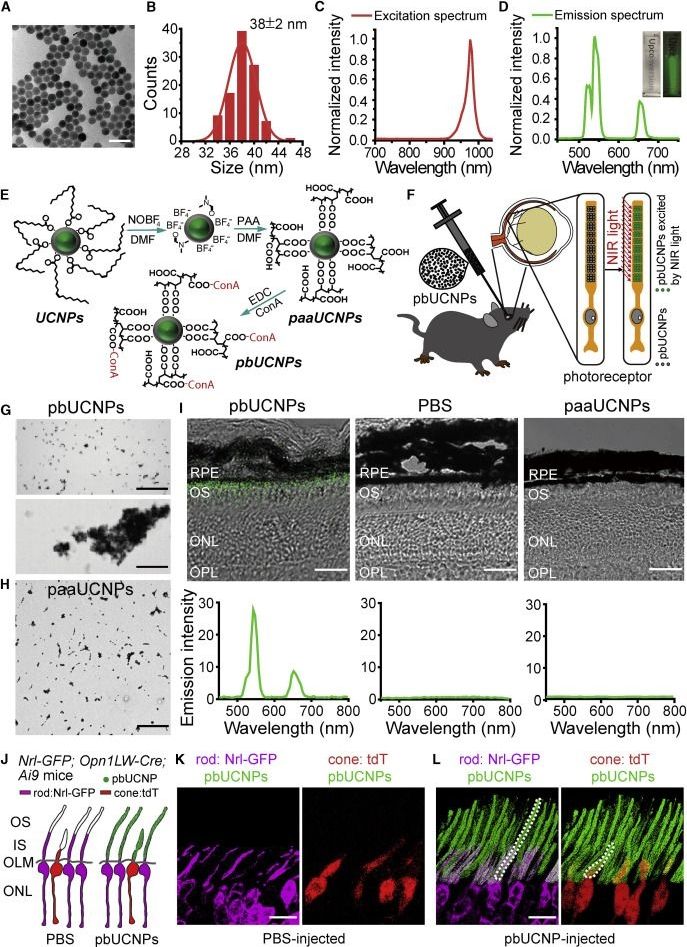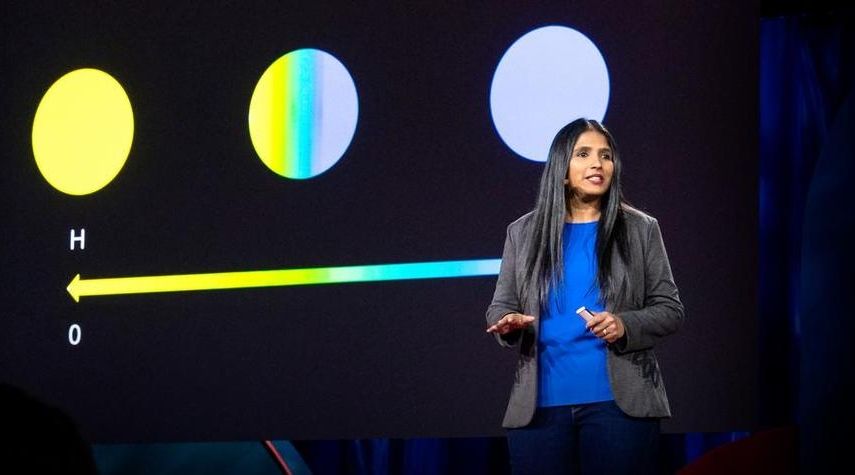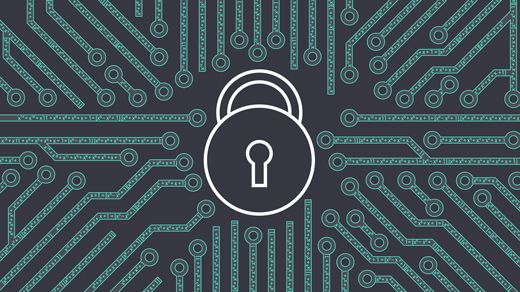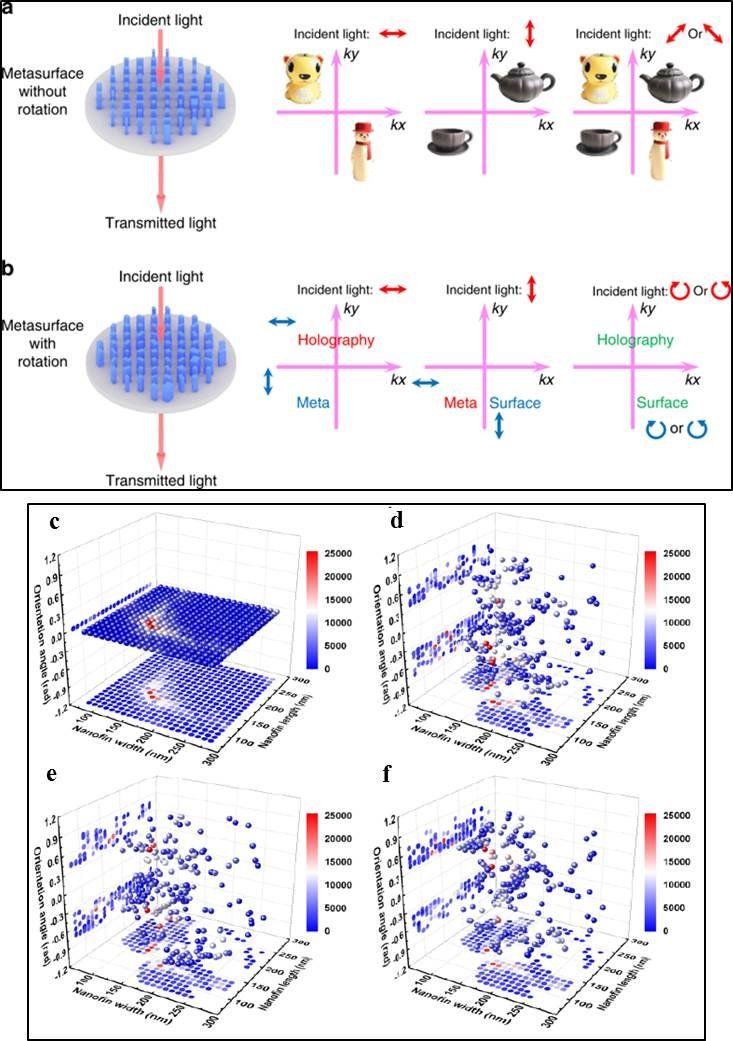Quantum computers could help explain some of the most fundamental mysteries in the universe and upend everything from finance to encryption – if only someone could get them to work.



Mice with vision enhanced by nanotechnology were able to see infrared light as well as visible light, reports a study published February 28 in the journal Cell. A single injection of nanoparticles in the mice’s eyes bestowed infrared vision for up to 10 weeks with minimal side effects, allowing them to see infrared light even during the day and with enough specificity to distinguish between different shapes. These findings could lead to advancements in human infrared vision technologies, including potential applications in civilian encryption, security, and military operations.
Injectable photoreceptor-binding nanoparticles with the ability to convert photons from low-energy to high-energy forms allow mice to develop infrared vision without compromising their normal vision and associated behavioral responses.

Circa 2018
The experimental mastery of complex quantum systems is required for future technologies like quantum computers and quantum encryption. Scientists from the University of Vienna and the Austrian Academy of Sciences have broken new ground. They sought to use more complex quantum systems than two-dimensionally entangled qubits and thus can increase the information capacity with the same number of particles. The developed methods and technologies could in the future enable the teleportation of complex quantum systems. The results of their work, “Experimental Greenberger-Horne-Zeilinger entanglement beyond qubits,” is published recently in the renowned journal Nature Photonics.
Similar to bits in conventional computers, qubits are the smallest unit of information in quantum systems. Big companies like Google and IBM are competing with research institutes around the world to produce an increasing number of entangled qubits and develop a functioning quantum computer. But a research group at the University of Vienna and the Austrian Academy of Sciences is pursuing a new path to increase the information capacity of complex quantum systems.
The idea behind it is simple: Instead of just increasing the number of particles involved, the complexity of each system is increased. “The special thing about our experiment is that for the first time, it entangles three photons beyond the conventional two-dimensional nature,” explains Manuel Erhard, first author of the study. For this purpose, the Viennese physicists used quantum systems with more than two possible states—in this particular case, the angular momentum of individual light particles. These individual photons now have a higher information capacity than qubits. However, the entanglement of these light particles turned out to be difficult on a conceptual level. The researchers overcame this challenge with a groundbreaking idea: a computer algorithm that autonomously searches for an experimental implementation.

US$190 million in investors’ money has been locked since Cotten died in December. His widow says she doesn’t know his passwords.
About US$190 million in cryptocurrency has been locked away in a online black hole after the founder of a currency exchange died, apparently taking his encrypted access to their money with him.
Investors in QuadrigaCX, Canada’s largest cryptocurrency exchange, have been unable to access their funds since its founder, Gerald Cotten, died last year.


A quantum computer isn’t just a more powerful version of the computers we use today; it’s something else entirely, based on emerging scientific understanding — and more than a bit of uncertainty. Enter the quantum wonderland with TED Fellow Shohini Ghose and learn how this technology holds the potential to transform medicine, create unbreakable encryption and even teleport information.

Within days of each other back in 1998, two teams published the results of the first real-world quantum computations. But the first quantum computers weren’t computers at all. They were biochemistry equipment, relying on the same science as MRI machines.
You might think of quantum computing as a hyped-up race between computer companies to build a powerful processing device that will make more lifelike AI, revolutionize medicine, and crack the encryption that protects our data. And indeed, the prototype quantum computers of the late 1990s indirectly led to the quantum computers built by Google and IBM. But that’s not how it all began—it started with physicists tinkering with mathematics and biochemistry equipment for curiosity’s sake.


Quantum computing will break most of the encryption schemes on which we rely today. These five tips will help you get ready.
Search on the phrase “quantum computing,” and you’ll find a furious debate. On the one hand, you’ll read breathless articles predicting groundbreaking advances in artificial intelligence, genomics, economics, and pretty much every field under the sun. On the other, you’ll find the naysayers: It’s all hype. Large-scale quantum computers are still decades away — if they’re possible at all. Even if they arrive, they won’t be much faster than standard computers except for a tiny subset of problems.
There’s one area, however, where you’ll find all sides agree: Quantum computing will break most of the encryption schemes on which we rely today. If you’re responsible for your organization’s IT or security systems, and that sentence made the hair on the back of your neck stand up, good. To get ready for a post-quantum world, you should be thinking about the problem now.


Holography is a powerful tool that can reconstruct wavefronts of light and combine the fundamental wave properties of amplitude, phase, polarization, wave vector and frequency. Smart multiplexing techniques (multiple signal integration) together with metasurface designs are currently in high demand to explore the capacity to engineer information storage systems and enhance optical encryption security using such metasurface holograms.
Holography based on metasurfaces is a promising candidate for applications in optical displays/storage with enormous information bearing capacity alongside a large field of view compared to traditional methods. To practically realize metasurface holograms, holographic profiles should be encoded on ultrathin nanostructures that possess strong light-matter interactions (plasmonic interactions) in an ultrashort distance. Metasurfaces can control light and acoustic waves in a manner not seen in nature to provide a flexible and compact platform and realize a variety of vectorial holograms, with high dimensional information that surpass the limits of liquid crystals or optical photoresists.
Among the existing techniques employed to achieve highly desired optical properties, polarization multiplexing (multiple signal integration) is an attractive method. The strong cross-talk associated with such platforms can, however, be prevented with birefringent metasurfaces (two-dimensional surfaces with two different refractive indices) composed of a single meta-atom per unit-cell for optimized polarization multiplexing.